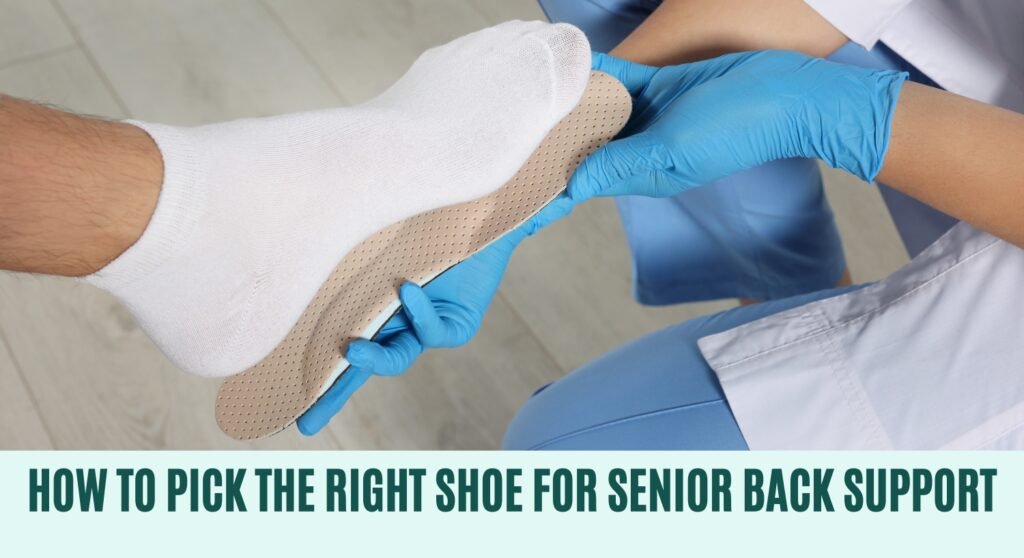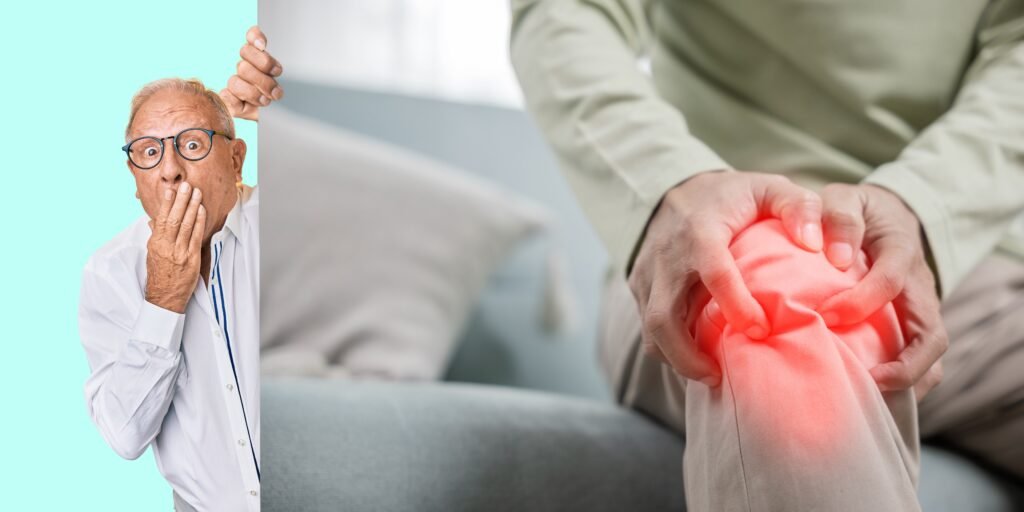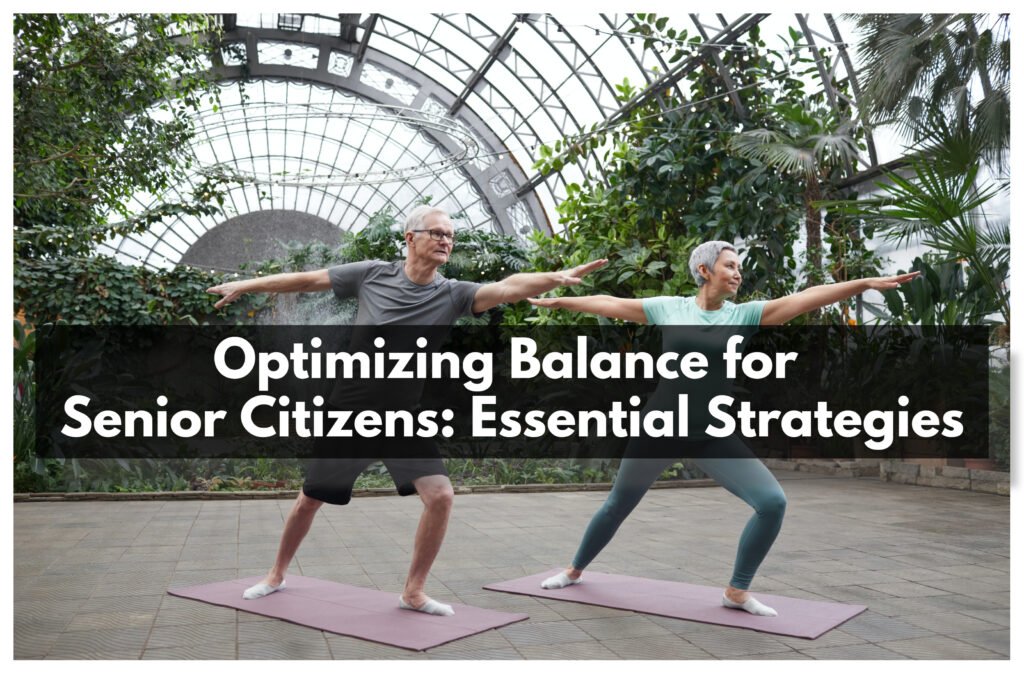Best Walking Shoes for Seniors: Comfort & Safety Guide
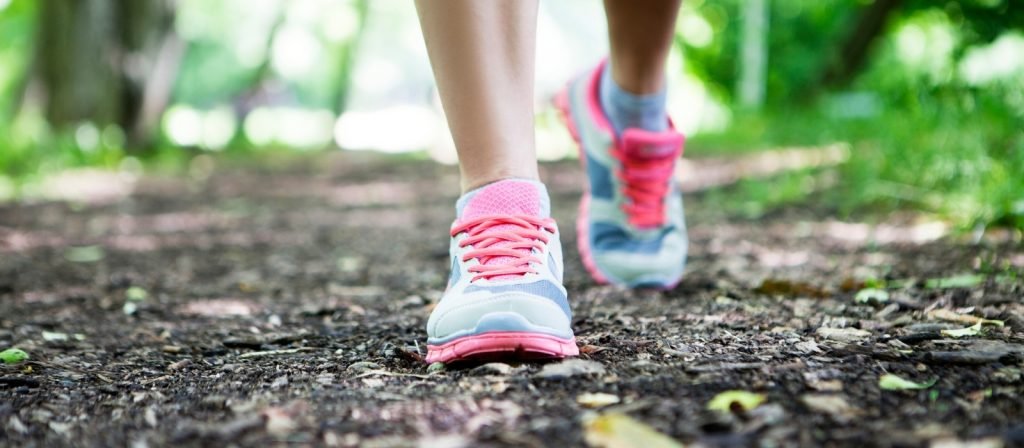
Last Updated on November 13, 2025 by Rose Ann
Finding the best walking shoes for seniors can make the difference between enjoying daily walks and dealing with foot pain or balance issues. As we age, our feet change in ways that demand more from our footwear, from extra cushioning to better arch support.
The right pair of walking shoes does more than feel comfortable. It helps prevent falls, reduces joint stress, and keeps you active and independent.
Let’s explore what makes a walking shoe truly senior-friendly and which options stand out from the crowd.
Why the Right Walking Shoes for Seniors Matter?
Your feet have carried you through decades of life, and they deserve some extra consideration now. Aging brings natural changes like thinner skin, reduced fat padding on the soles, and sometimes conditions like arthritis or diabetes that make proper footwear essential rather than optional.
Walking in the wrong shoes can lead to a cascade of problems. Poor arch support throws off your alignment, potentially causing knee, hip, or back pain. Shoes without adequate grip increase fall risk, which is a serious concern since falls are the leading cause of injury among older adults.
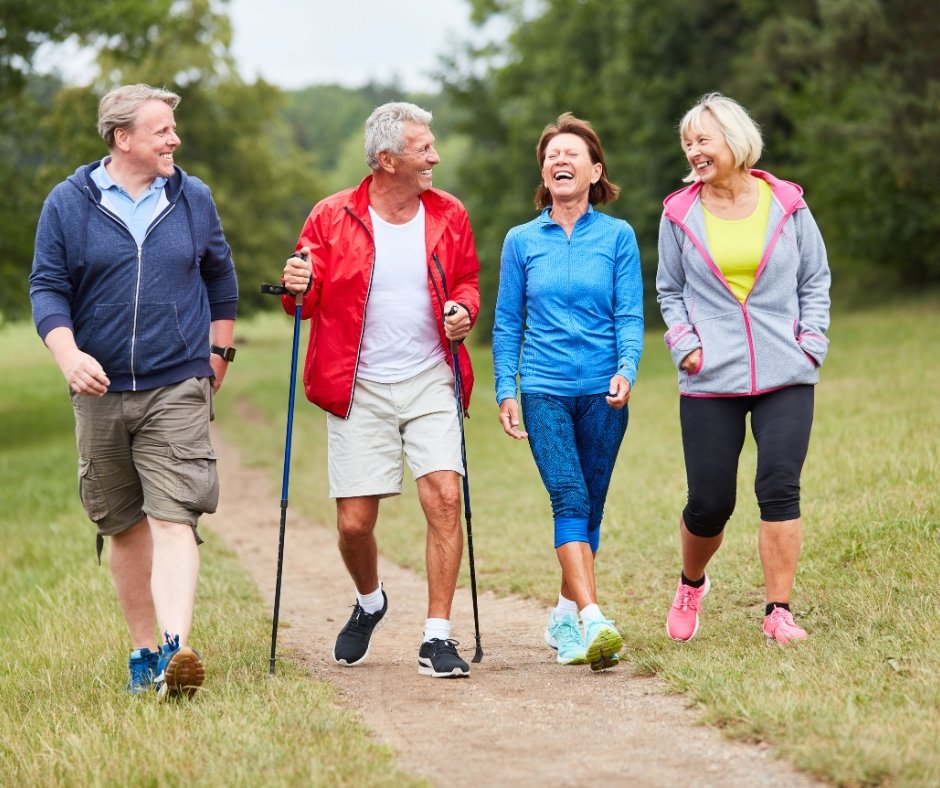
On the flip side, wearing shoes designed with senior needs in mind can actually improve your balance, reduce fatigue, and encourage you to stay active.
Many seniors also deal with foot conditions like bunions, hammertoes, or swelling that make standard shoes uncomfortable. The best walking shoes for seniors accommodate these issues while providing the stability and cushioning needed for safe, enjoyable walks. Think of quality walking shoes as an investment in your mobility and independence.
Key Features to Look for in Senior Walking Shoes
Not all walking shoes are created equal, especially when it comes to senior-specific needs. Understanding which features truly matter helps you cut through marketing hype and find shoes that will actually serve you well.
Essential Safety and Comfort Elements
When you’re shopping for walking shoes, keep these critical features on your checklist:
- Slip-resistant rubber outsoles with deep treads that grip various surfaces, from wet pavement to smooth indoor floors
- Lightweight construction that won’t tire your legs during longer walks, typically under 12 ounces per shoe
- Cushioned midsoles with materials like EVA foam or gel inserts that absorb impact and reduce stress on joints
- Removable insoles that allow you to use custom orthotics if needed or replace worn padding
- Wide toe box that gives your toes room to spread naturally without pinching or cramping
- Supportive heel counter that cups your heel securely to prevent sliding and improve stability
Closure Systems That Work
Bending down to tie laces gets harder as flexibility decreases, and arthritic fingers struggle with small eyelets. Look for shoes with hook-and-loop straps (like Velcro), elastic laces, or zipper closures that make getting shoes on and off much easier.
Some newer models even feature hands-free designs where you can slip your foot in without bending at all. The closure system should also allow you to adjust the fit throughout the day as your feet naturally swell.
Shoes that felt perfect in the morning might feel tight by afternoon, so adjustability matters more than you might think.
Top Walking Shoe Recommendations for Seniors
While individual needs vary, certain shoes consistently earn high marks from seniors and podiatrists alike. These recommendations balance comfort, safety, and durability without breaking the bank.
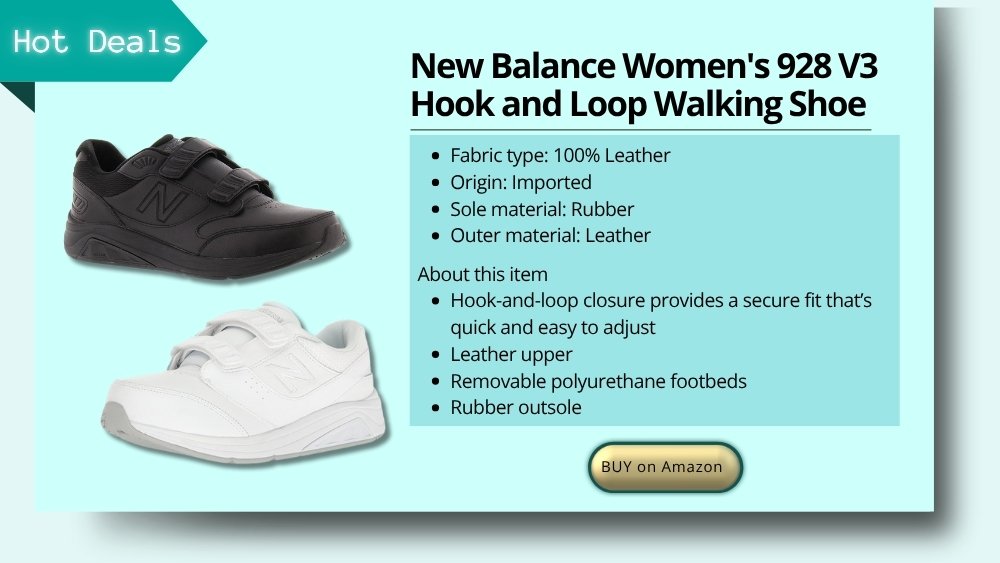
For Everyday Walking
New Balance 928 series stands out as a gold standard for senior walkers. These shoes offer exceptional stability with a rollbar system that controls rear-foot movement, plus they come in multiple widths to accommodate different foot shapes.
The leather upper molds to your foot over time, and the ABZORB cushioning provides impact protection that lasts through hundreds of miles.
Brooks Addiction Walker is another excellent choice, particularly if you overpronate (your feet roll inward when walking). The extended Progressive Diagonal Rollbar guides your body into its natural motion path, reducing stress on knees and hips. The full-grain leather is durable and easy to clean, making these shoes practical for daily wear.
For Sensitive Feet
If you have diabetes, neuropathy, or particularly sensitive feet, consider Orthofeet’s therapeutic walking shoes. These are specifically designed with extra depth, seamless interiors that prevent irritation, and soft, padded fabric linings. They’re approved by the American Podiatric Medical Association and accommodate custom orthotics beautifully.
Propet’s TravelActiv line deserves mention for those dealing with swelling or edema. The stretchy mesh uppers expand to accommodate fluctuating foot size throughout the day, while still providing the support structure your feet need.
For Active Walkers
Seniors who walk several miles regularly or tackle varied terrain need shoes that can keep up. The ASICS Gel-Contend series delivers responsive cushioning that energizes your step rather than just absorbing impact. The gel technology in the heel reduces shock, while the durable rubber outsole grips well on trails and sidewalks alike.
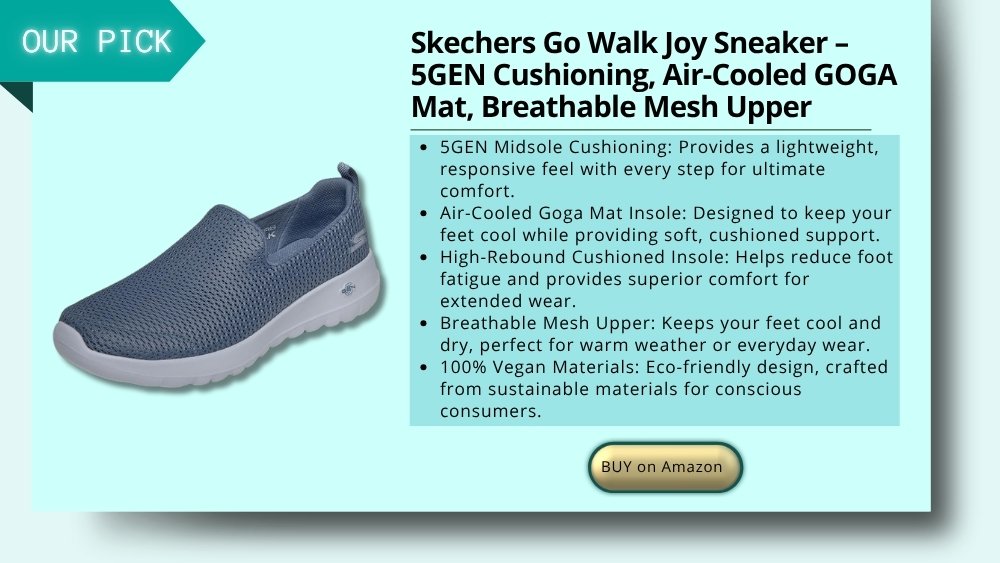
Skechers Go Walk line offers impressive value for active seniors. These lightweight shoes feature a highly flexible sole that moves naturally with your foot, plus the Air Cooled Goga Mat insole provides bounce-back cushioning that doesn’t flatten out quickly.
How to Find Your Perfect Fit
Even the highest-rated shoe won’t help if it doesn’t fit properly. Getting the right fit involves more than just knowing your size, because feet change over time and can vary between brands.
Always measure both feet while standing, since feet spread and elongate under your body weight. Many people have one foot slightly larger than the other, so fit the shoe to your larger foot. You should have about a thumb’s width of space between your longest toe and the end of the shoe. This prevents your toes from jamming forward when walking downhill and gives them room to spread naturally.
Try shoes on later in the day when your feet are slightly swollen from normal activity. This ensures they’ll be comfortable even after you’ve been up and moving around. Wear the same type of socks you plan to use with the shoes, whether that’s thin dress socks or thick athletic ones, because this affects the fit significantly.
Walk around the store for at least 10 minutes if possible. Check for any rubbing, pinching, or pressure points. Your heel should stay firmly in place without sliding up and down. If the store has different surfaces, test the shoes on smooth floors, carpet, and inclines to see how they perform in various conditions.
Don’t fall for the myth that shoes need a break-in period. Quality walking shoes should feel comfortable immediately. If they’re causing discomfort in the store, they’ll likely cause blisters and pain during actual walks.
Caring for Your Walking Shoes
Making your investment last requires some basic maintenance, but the effort pays off in extended shoe life and better performance. Most walking shoes should be replaced every 300-500 miles or every six months if you walk regularly, whichever comes first.
Clean your shoes regularly by removing the insoles and laces, then wiping down the uppers with a damp cloth and mild soap. Let them air dry naturally away from direct heat, which can damage the materials and break down the cushioning. Stuffing them with newspaper helps them maintain their shape while drying.
Rotate between two pairs of walking shoes if possible. This gives the cushioning materials time to fully decompress between wears, which extends their life and maintains their shock-absorbing properties. It also ensures you always have a dry pair ready if one gets wet.
Check the tread regularly for signs of wear. If the pattern is disappearing or you notice uneven wear (like the outer heel wearing faster than the rest), it’s time for new shoes. Worn treads compromise your grip and increase fall risk, making replacement a safety issue rather than just a comfort concern.
Store your walking shoes in a cool, dry place away from direct sunlight. Extreme temperatures and UV exposure break down the materials faster, reducing the shoe’s supportive properties even if they look fine on the outside.
Finding the best walking shoes for seniors means prioritizing safety, comfort, and proper fit over fashion or price alone. Your feet support your independence and quality of life, so investing in shoes that truly meet your needs is one of the smartest health decisions you can make. Take the time to find the right pair, and you’ll enjoy many comfortable, confident miles ahead.

 Master the Manual: Beginner's Guide to Confident Driving
Master the Manual: Beginner's Guide to Confident Driving  Annual Membership Plan
Annual Membership Plan  Photography Made Simple
Photography Made Simple 
